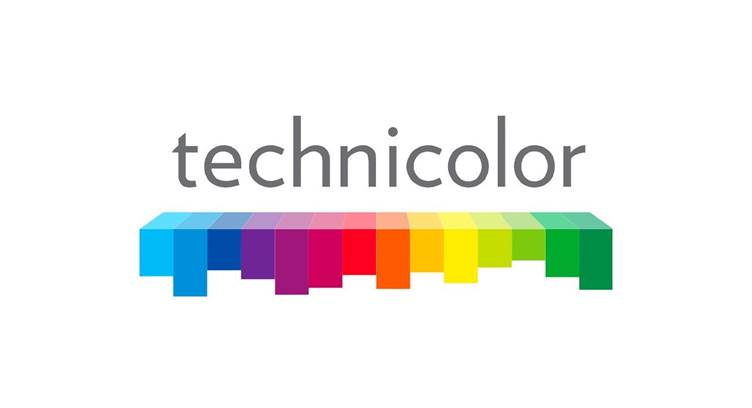Technicolor recently announced that it is partnering with Google to accelerate the development and deployment of the Google Broadcast Stack software platform onto a wide array of customer premises equipment (CPE) and consumer electronics devices used to access video services.
This is the latest development in Technicolor’s Connected Home’s ongoing commitment to leverage open and innovative technologies for network service providers (NSPs) around the world, with the ultimate goal to help them deliver seamless connectivity and premium entertainment experiences to consumers. This is achieved by creating best-in-class CPE and partnering with the most ingenious companies in the connected home ecosystem.
As the global popularity of Android TV continues to grow, network service providers (NSPs) have been searching for a more efficient and cost-effective way to develop hybrid solutions that integrate traditional broadcast streams and conditional access systems (CAS) with over-the-top (OTT) services to manage complexity and create more intuitive viewing experiences for subscribers.
The Google Broadcast Stack offers the option to address this challenge by making it possible to scale up production and distribution of Android TV devices that can simultaneously support the delivery of traditional broadcast streams, CAS and OTT services without ever having to leave HDMI.
Shalini Govil-Pai, Head of Android TV at Google
Households in every region are often frustrated by the need to change inputs when switching from traditional cable and pay TV platforms to the growing number of streaming services that are delivered over the internet.
Brian Jentz, Vice President, at the Video Product Unit of Technicolor Connected Home
Until now, NSPs have had to custom integrate CAS capabilities into Android TV devices. This has been a costly and time-consuming process that can require 18 months or more of development and testing before offerings can be brought to market.






















